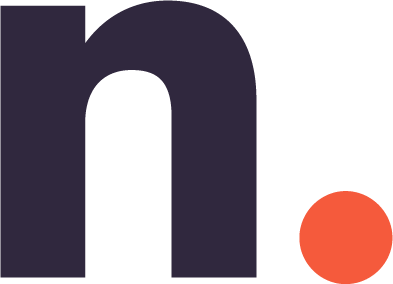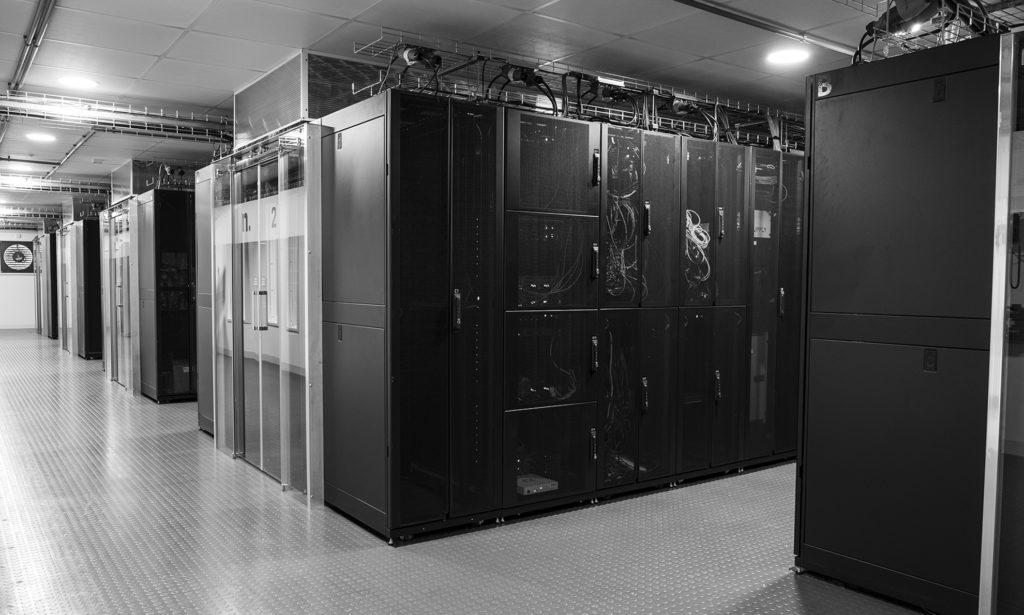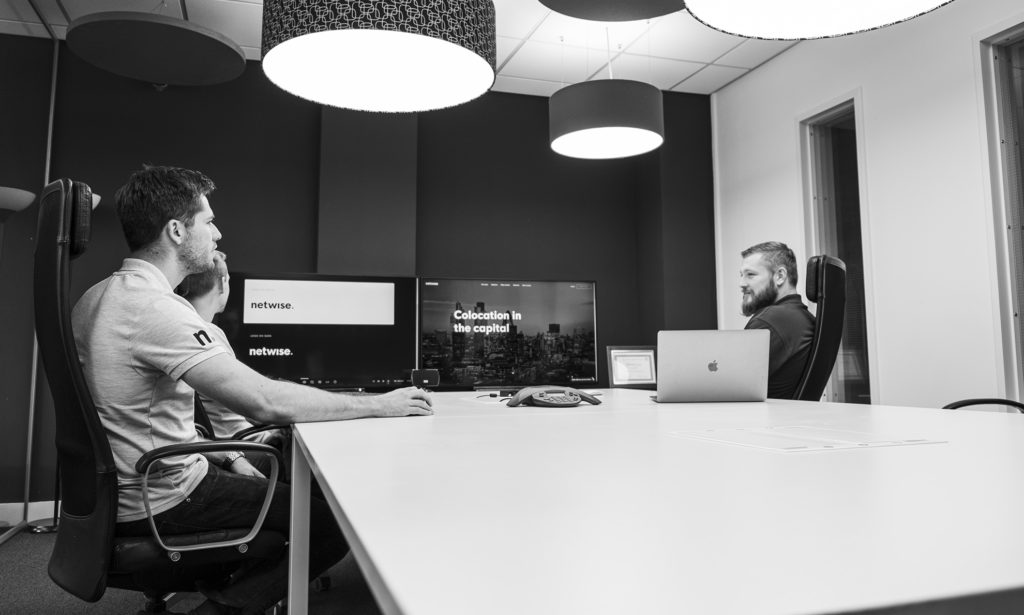In a landmark arrangement which brings a data centre operator into the fold for the very first time, Netwise has partnered with GitHub Education to bring enterprise-grade colocation services to the famous GitHub Student Developer Pack – something never-before-seen.

The GitHub Student Developer Pack brings together some of the world’s foremost service operators, across a wide and varied range of technology sectors, including Digital Ocean, Microsoft Azure, Stripe and AWS.
We now join these titans of industry, representing a service set otherwise missing from the Pack until now.
While the number of students with their own physical server hardware may be limited, none-the-less there are many in full-time education that do elect to operate their own hardware (whether out of desire or project necessity), and until now they’ve have had no real means of operating this hardware in a suitable environment.
No longer is there any need for a student to run a server in their dorm room, or at home, making lots of noise, generating lots of heat, and costing a fortune in (highly unreliable) power.
Members can visit our special students landing page via the Pack, and self-verify for eligibility. From there, and for the first time ever, Pack-enrolled student developers can make use of world-class server colocation services free for a year, placing their own server into one of London’s leading data centre facilities.
Why we wanted to be a part of the Pack
This partnership has been something we’ve been working towards for some time, with both parties first engaging on the matter back in early 2017.

As many close to Netwise will already know, the earliest iteration of the business as it stands today started life while Matthew and Matt were still in high school; 15 years old at the time, in the summer of 2005.
While Netwise the organisation wouldn’t come to fruition for another four years (we incorporated in 2009), those early years were vital in developing our hands-on experience with server and network hardware.
So, where did we house our first system, comprised of 12 servers and a range of connectivity kit? Out of pure necessity, this lived in the loft / attic of Matthew’s parents’ house. Far from ideal, but aside from paying for third party data centre space on a near zero budget at the time, there were almost no other options available. Creativity was the order of the day, which helped shape our direction as a facility operator, but it still hindered our progress early on.
If only we’d had access to an offer like this back then! We truly hope that we are able to inspire the next generation of tech-focused developers and entrepreneurs with this free taste of top-level data centre services.
Educating students
This isn’t just an exercise in working exclusively with students that qualify, as we realise this is a very limited pool.
We want to help educate the masses, many of whom may well be unfamiliar with the physical side of the internet and how systems are deployed around the world.
Many of the younger generation now focus more completely on cloud services and XaaS options, but that isn’t always suitable for all use cases. Experience with data centres and the services they offer is much harder to come by, so we hope this helps close off that gap for students interested in this approach.
We’ve already had some great discussions with eager students about how colocation services work, deeper chats about power consumption and how this is calculated, and other interesting conversations that we hope have helped even non-qualifying students learn a little more about how this industry operates.
GitHub at Netwise
We’ve used git in our own internal development projects for years, with GitHub as our repository platform of choice, so coming together more closely with an organisation and web app that we’ve grown close to in real-world terms has been fantastic.
Our own websites and web apps have all be deployed through our automated GitHub / DeployHQ workflow, which has naturally proved invaluable to us as we scale up operations and involve more developers in our projects.
It’ll be fantastic to see student developers deploy staging and production code to their own physical server, housed in our facility.
Getting involved
If you are a GitHub Student Developer Pack member, check your Pack for details on how to get hold of this service.
If you’re not a Pack member yet, but you’re in full-time education and want to apply, what are you waiting for? Go ahead and apply, as this year, the Pack contains free or discounted services with a whopping $45,000!




